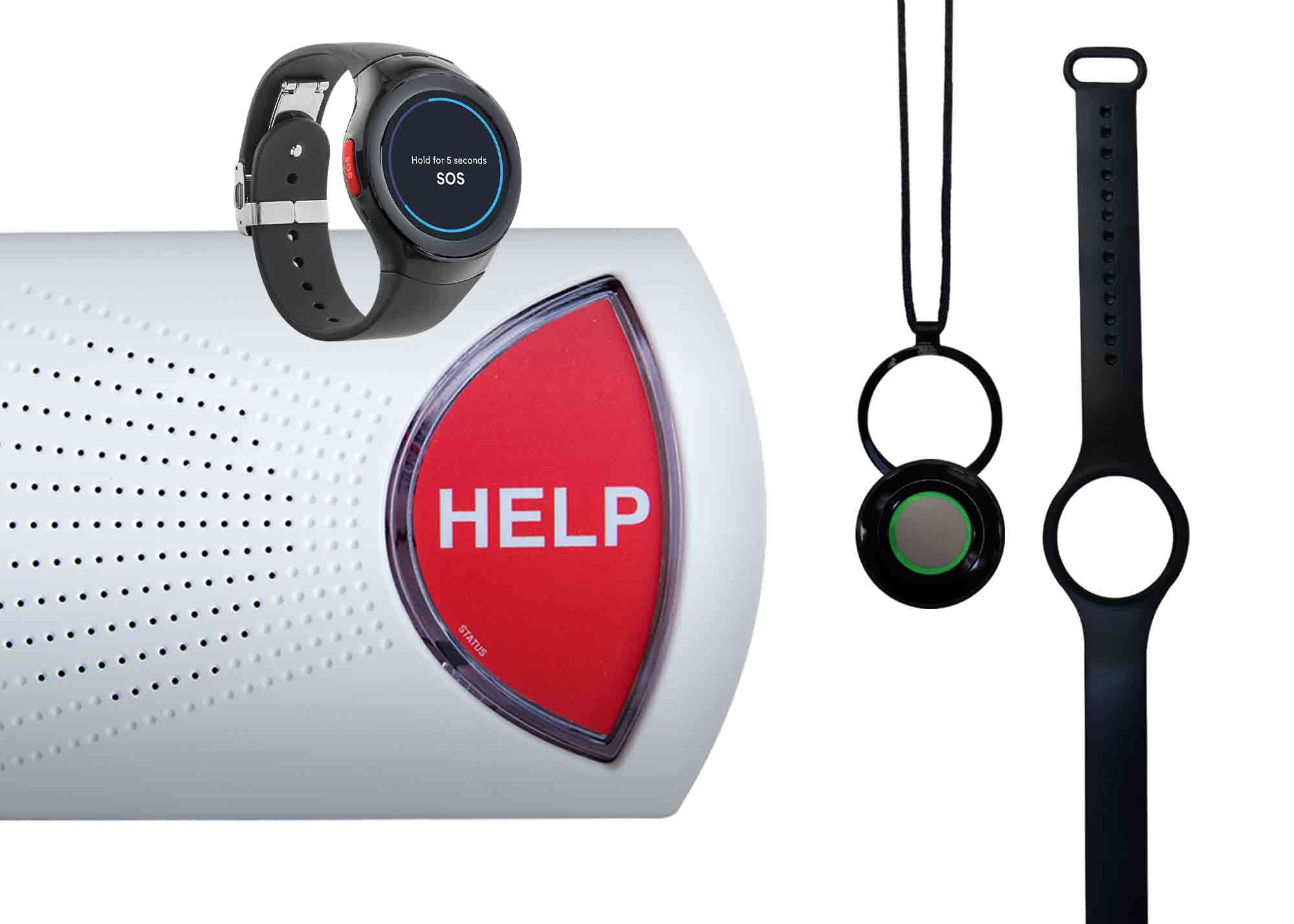8 Indications It Might Be Time for Long Term Care
November 28, 2017
Co-Founder of TheSeniorList.com, Amie Clark, goes over important indications that it might be time for long term care.
Video Transcript
Amie Clark : Deciding to move a loved one into long-term care is a really difficult decision for families. I used to help seniors find housing here in the Portland metro area and the question that families would always ask me is, how do you know when it’s time? How do you know and that line is drawn that this is the time, it needs to happen now? Today I’m just going to go over eight of the major indicators.
The first indicator is an overall change in health. A new diagnosis like Parkinson’s or Alzheimer’s are progressive diseases that are not going to get better and they’re not going to go away. With new diagnoses like that, there’s new medications, there’s changes in lifestyle. These are diseases that will eventually need management for care.
Number two, if your loved one is getting in-home health or companion services at home and the cost of those services starts to increase. If they started out at three hours a day and now, they’re at eight hours a day, at some point, the financial burden of in-home services or companion services is going to outweigh the cost of having your loved one in a care setting. Something to watch over time as those hours increase, as your loved one needs more help, there’s going to be a financial point where those services can be provided at a lower cost, at a care setting.
Number three, if your loved one requires frequent checks from family or neighbors, if that is a frequent occurrence that they’re asking for help or asking for assistance at home, that’s another sign that they might benefit from services in a structured care setting.
Number four, if you suspect that your loved one is a victim of financial exploitation, moving them into a structured care setting is a great way to help nip that in the bud. Financial exploitation, all on its own is a whole another topic, but they’re easy targets for financial exploitation. Having them in a structured setting helps alleviate the pressure off of you as a loved one of keeping them safe.
Number five, if your loved one is requiring frequent trips to the hospital, this is an excellent indicator that it is time for a more structured care setting, where they can get the help they need in a care setting and not have to take that trip to the hospital.
Indicator number six, if your loved one is feeling lonely or their social circle is shrinking, their friends are passing away. Having them in a structured care setting is a great way to get them doing things again. A lot of people will object and they will say, I will never do any of those activities. That’s fine, if they don’t do the activities, but simply going to meals and being around other people not only will it be great for their emotional health, but it will be a great peace of mind for you as a family member as well.
Indicator number seven, if your loved one is loved ones and there is a spouse situation and one spouse needs a lot of care and the other spouse is taking care of the dependent spouse. At some point, the spouse who is healthy and well is going to need a break, they’re going to need extra support. Either having one or both the dependent spouse and the well spouse moving into a structured care setting will alleviate that pressure for both of them.
The final indicator that it might be time to consider moving a loved one into a long term care setting is that they no longer feel comfortable driving. Now, I know somebody can give up driving and still live at home, but with that, comes a lot of extra responsibility either of you as a family member or of others around them. Most long term care settings have some form of transportation available, and again alleviating that stress and that burden from you or neighbors or other friends that they may be relying on for transportation. Those are all the major indicators that it might be time, but as I mentioned before, there’s a whole list, 23 in total. I hope this has helped if you have a loved one that you’re concerned about. If you want to see the full list, click on the link below and thanks for watching.

